The HEAL (Heat Adaptation for Vulnerable Population Groups) project is a pioneering initiative aimed at developing innovative strategies to protect at-risk groups from the increasing threat of heat waves, particularly in urban environments like Heidelberg.
By leveraging near-real-time sensor data and the needs of heat-sensitive individuals, the project creates heat-stress-avoiding routing solutions. These solutions will be made available through an interactive web application and analogue maps, improving daily life and mobility for vulnerable populations during extreme heat events.
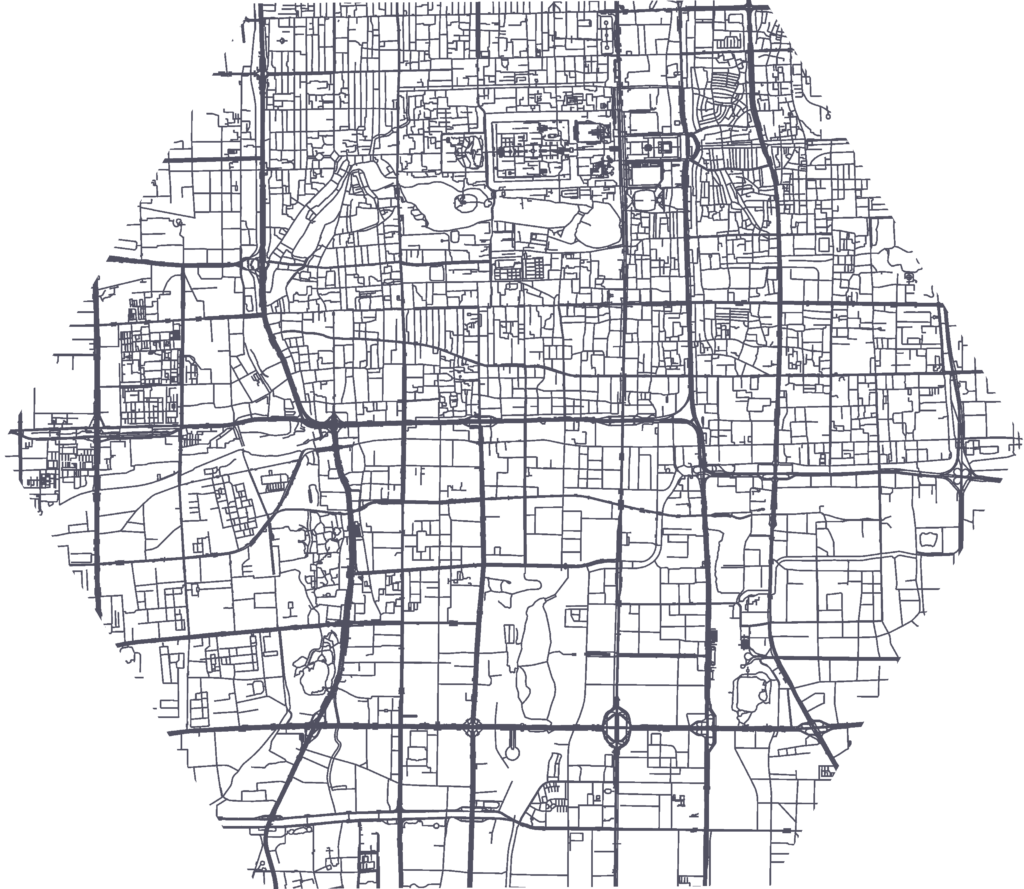
HEAL app for Walldorf: https://walldorf.heal.openrouteservice.org/
Develop and implement strategies to reduce heat stress for at-risk groups, such as the elderly, people with pre-existing health conditions, and young children.
Create a routing application that identifies and suggests cooler, shaded paths using near-real-time data, helping users avoid areas with high heat stress.
Integrate insights from various disciplines, including geography, geoinformatics, and social sciences, to create a holistic approach to heat adaptation.
Involve affected groups directly in the research process to ensure the solutions are tailored to their specific needs.
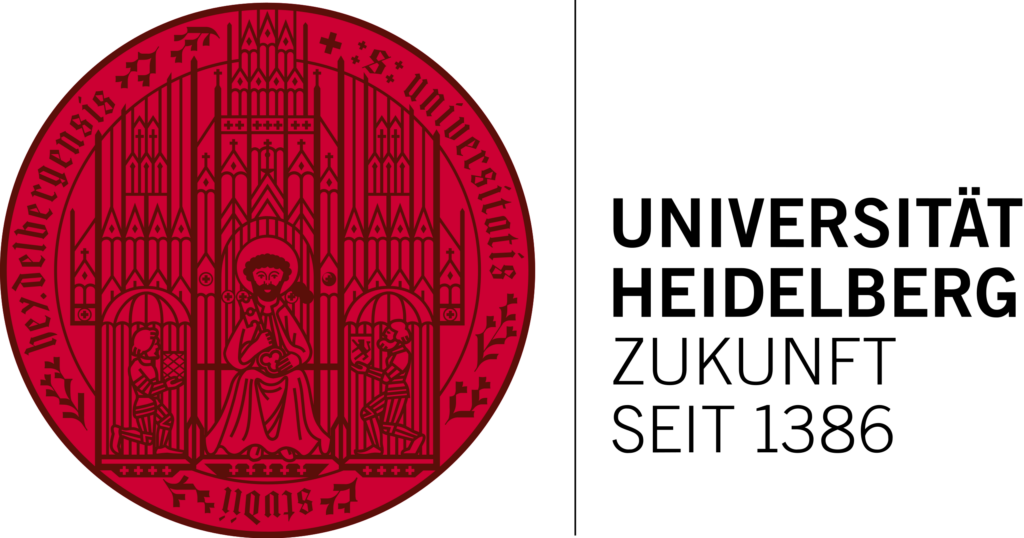
Research Groups of Heidelberg University: GIScience Research Group and TdLab Geography are part of Heidelberg University’s Institute for Geography.
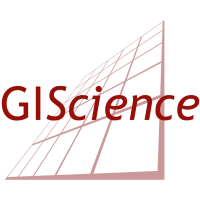


The HEAL project is a transdisciplinary cooperation of HeiGIT (Heidelberg Institute for Geoinformation Technology), the GIScience Research Group of Heidelberg University, both headed by Prof. Dr. Alexander Zipf, and the TdLab Geography of Heidelberg University, headed by Dr. Nicole Aeschbach.
The project “Heat Adaptation for Vulnerable Population Groups”, funded by the Baden-Württemberg Foundation as part of the research programme “Innovations for Adaptation to Climate Change”, is a pioneer in the field of adaptation measures to climate change-related heat events due to the combination of the chosen methods. The project runs from June 1, 2021, to September 30, 2024.
Frequent and Severe: Heat waves, severe weather, and droughts are increasing due to climate change.
Urban Vulnerability: Cities with extensive surface sealing and low greenery are especially prone to heat stress.
Health Risks: Vulnerable groups face increased risks like circulatory problems and heat stroke.
Measured Overheating: Specific squares and districts in Heidelberg show high levels of overheating.
Impaired Quality of Life: Heat stress in these areas significantly affects residents’ well-being.
Urgency in Urban Areas: Adaptation strategies are urgently needed, particularly in cities like Heidelberg.
Support for Vulnerable Groups: Tailored strategies are essential to ensure daily life and mobility under heat stress.
The HEAL project and the routing app are largely based on open data from OpenStreetMap (OSM), a global community project that collaboratively maps the built and natural environment throughout the world. The use and processing of freely available geospatial data are essential foundations for the development and operation of this application. The OSM database contains geographic objects at various spatial scales, including man-made objects such as buildings and roads, landscape features such as water bodies or land use patches, and administrative objects such as national boundaries. More information can be found at the OpenStreetMap website.
The implementation of the transdisciplinary design is realised through the involvement of affected groups of people (senior citizens, people with pre-existing conditions, families with young children), the organised civil society (senior citizens’ clubs, family networks) as well as the city administration of Heidelberg.
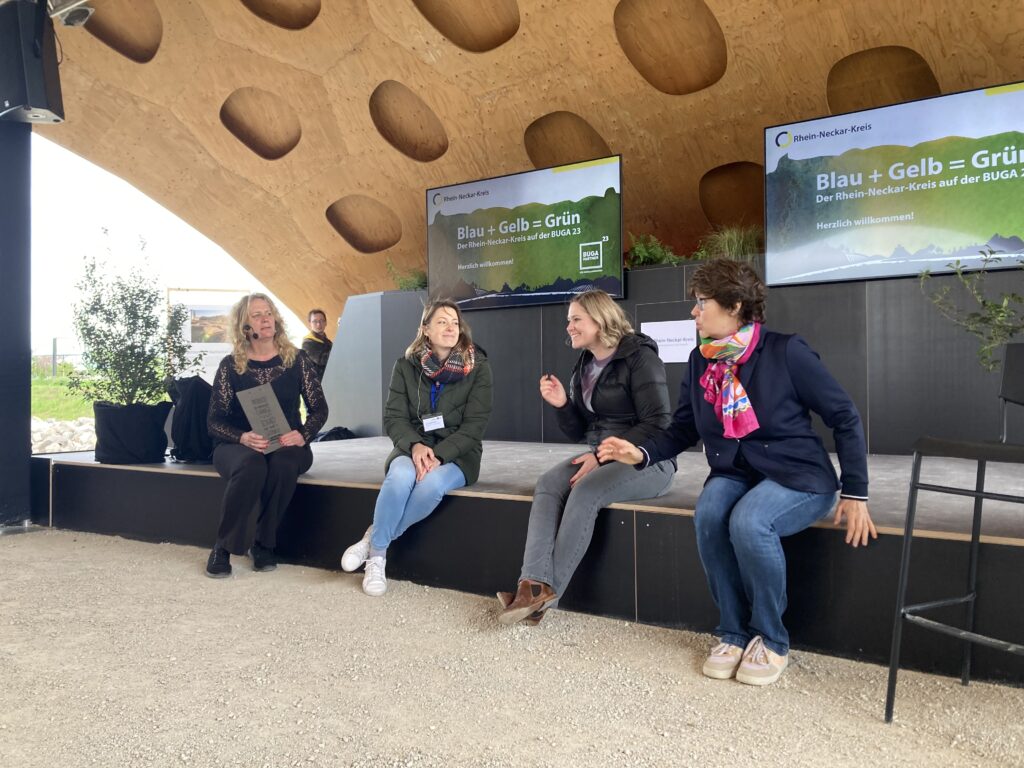
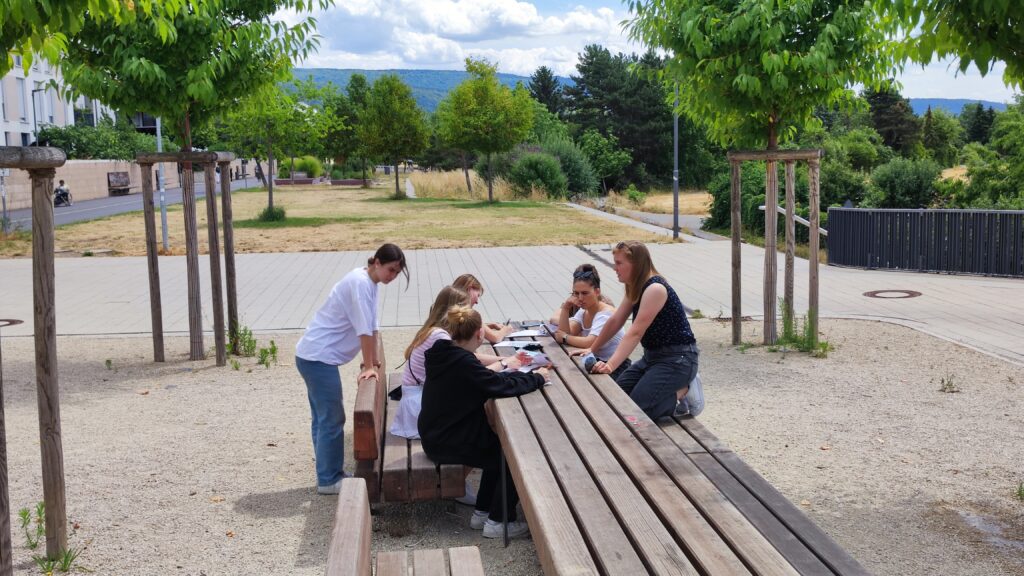

Together with the target groups researchers developed individual adaptation strategies and protective measures to enable everyday life and mobility even during hot days (photos: Kathrin Foshag).
In addition to providing information and adaptation concepts on heat stress in general, the aim of HEAL is to enable heat-adapted mobility for people in risk groups in particular via an app. For this purpose, the project will use near-real-time sensor data to identify and model areas of increased heat stress. Based on the data and existing climate analysis maps, statistical prediction models will be developed. The results will be incorporated into navigation along shaded routes. The information obtained will be processed and made available via an interactive application, as analogue materials and maps.
In this manner, the knowledge base on the effects of heat events on risk groups will be expanded for the Heidelberg area, individual adaptation strategies will be explored and implemented using near-real-time data, and administrative measures will be developed together with the city administration.
We are working to expand the project to other cities and welcome inquiries from interested parties at heal@uni-heidelberg.de.
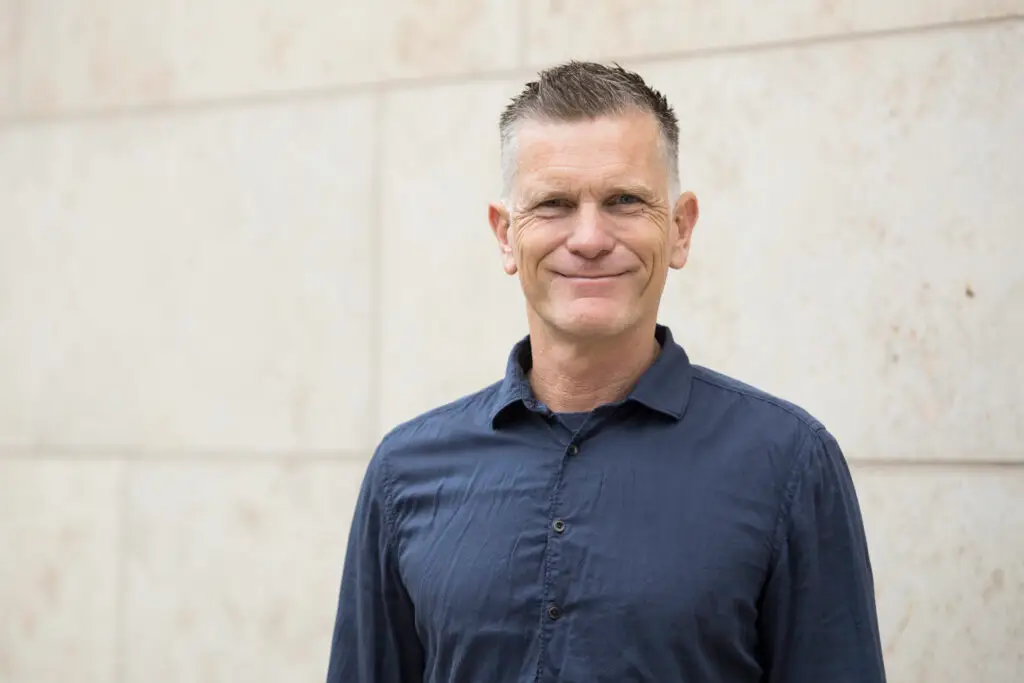
Prof. Dr. Alexander Zipf

Dr. Nicole Aeschbach

Dr. Kathrin Foshag
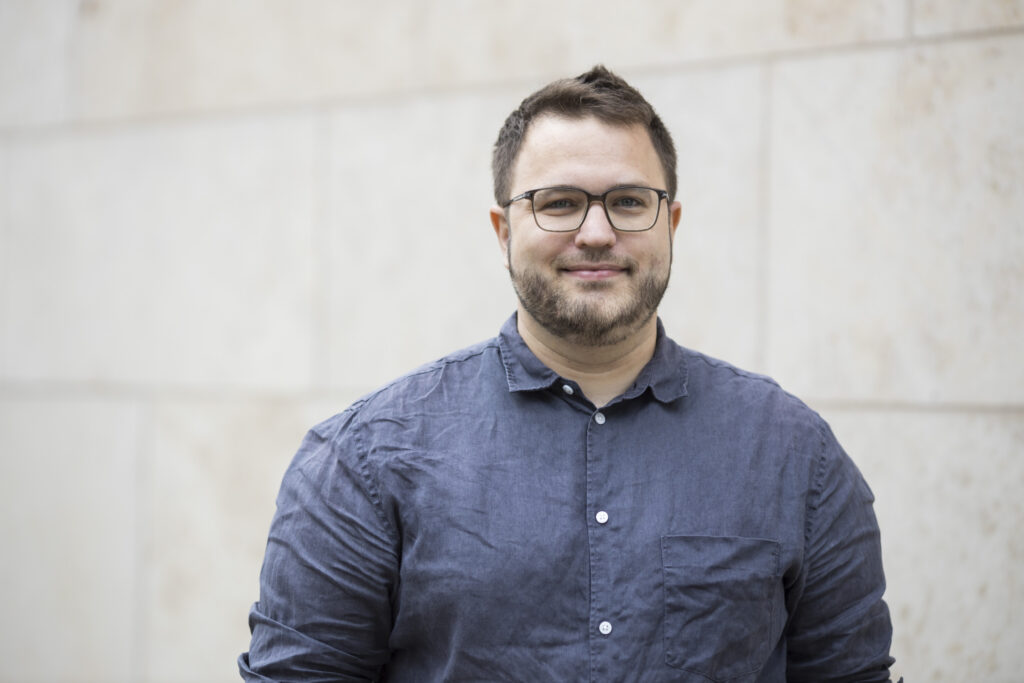
Johannes Fürle
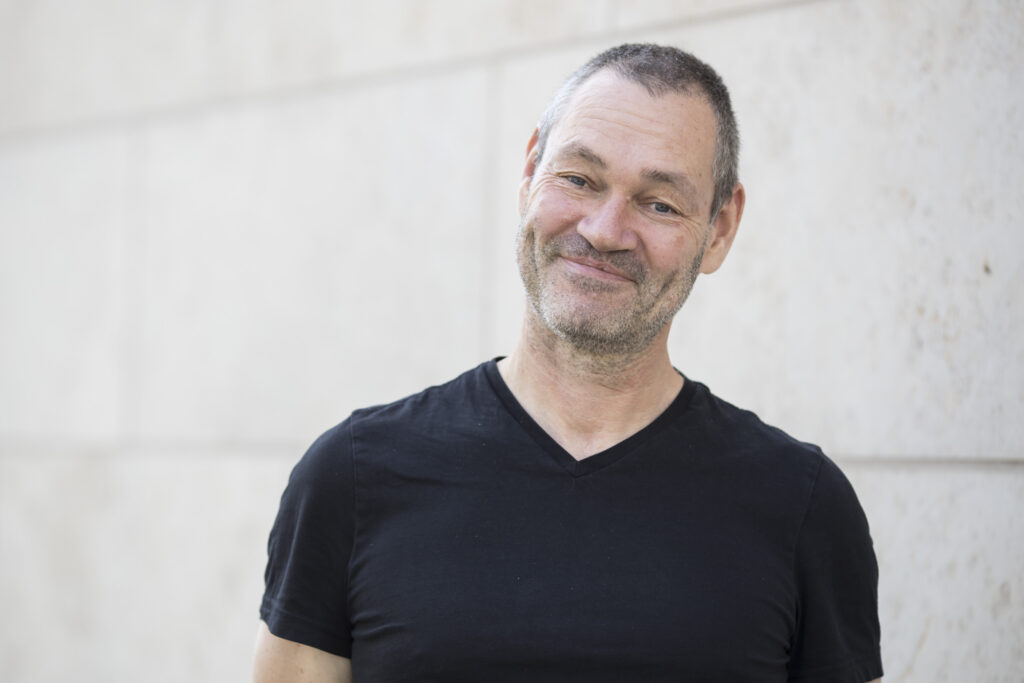
apl. Dr. Sven Lautenbach
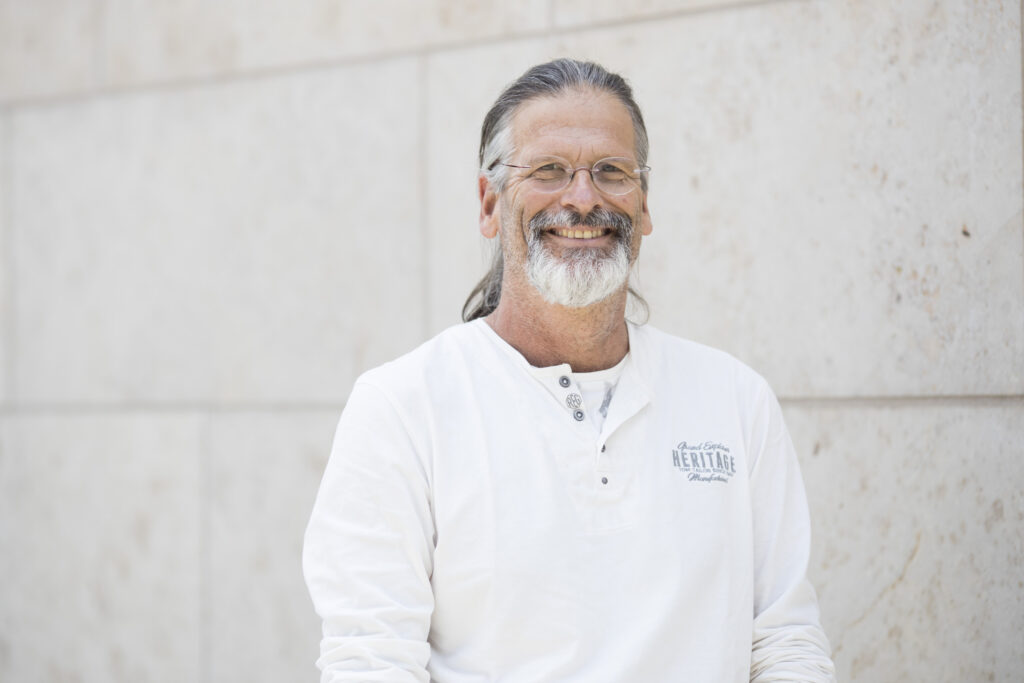
Dr. Stefan Gumbrich
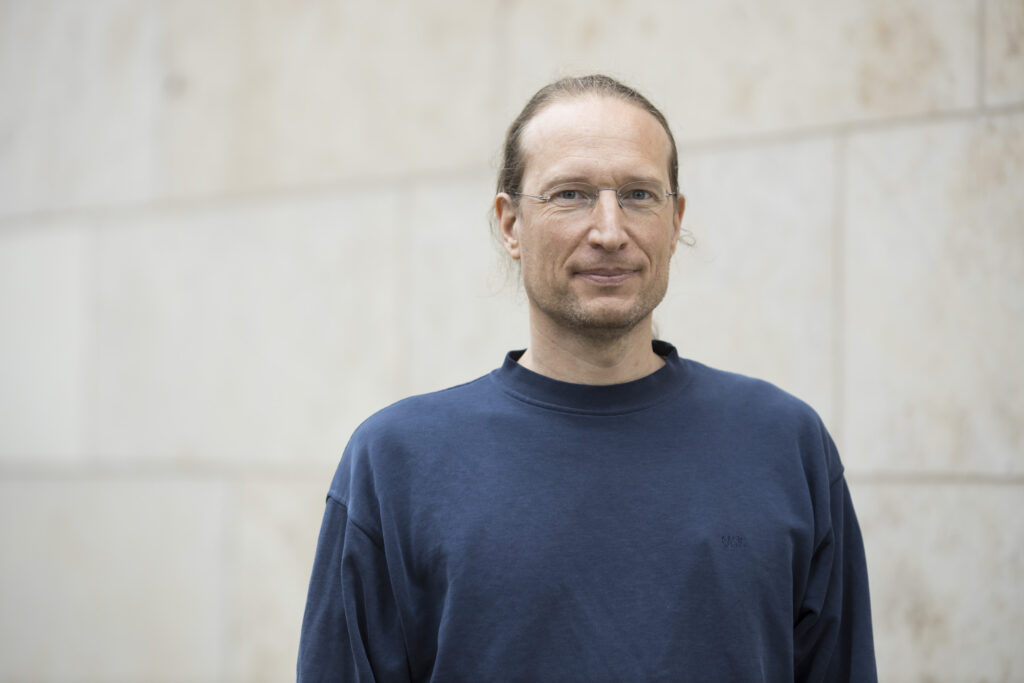
Dr. Sascha Fendrich
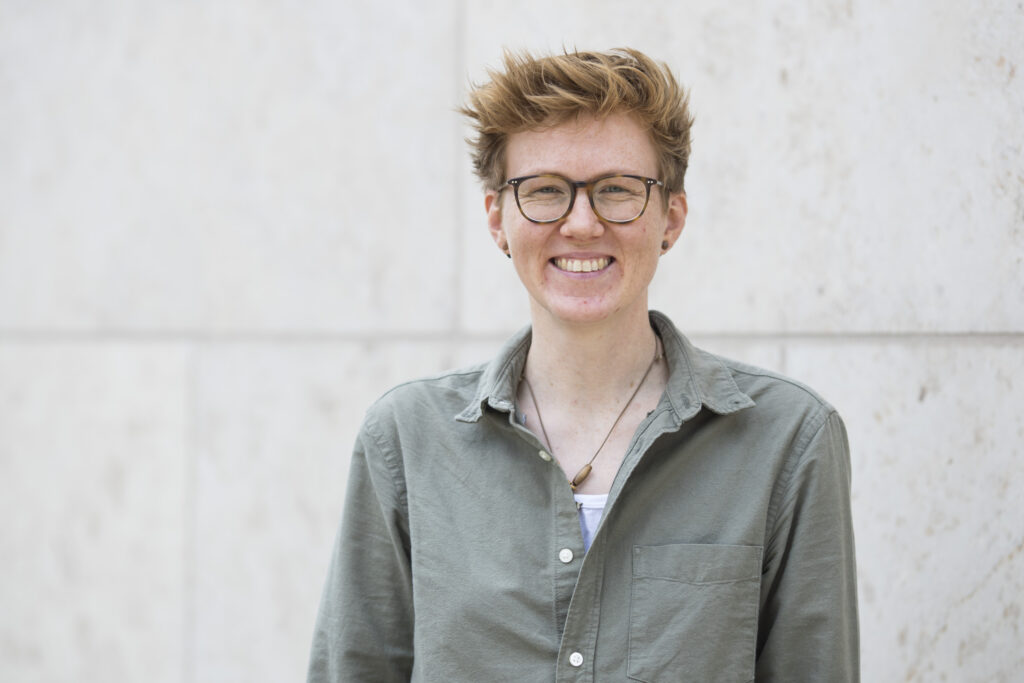
Christina Ludwig
A feature on the HEAL project highlighting its impact on heat-stress navigation in Heidelberg, aired on August 29, 2024.
The relevant segment starts at 8’40”.
Die HEAL-App aus Heidelberg berechnet für Fußgänger Routen mit der geringsten Hitzebelastung und erleichtert so Stadtspaziergänge an heißen, sonnigen Tagen.
A podcast discussing how the HEAL app helps Heidelberg residents navigate heat-stress by suggesting shaded routes.
Das neue Forschungsprogramm Innovationen zur Anpassung an den Klimawandel der Baden-Württemberg Stiftung unterstützt Projekte, die Strategien für den Umgang mit den Folgen des Klimawandels entwickeln. Die Projekte nehmen dabei vor allem den Schutz betroffener Menschen und mögliche Anpassungsstrategien in den Blick.
A heat-stress-avoidant navigation application (App) supports citizens in finding paths which are less exposed to extreme heat. The application especially targets at-risk groups and tourists. Combining near-real-time sensor data, modelling, and participatory methods maintains pedestrian mobility, raises awareness of heat risks, and serves as a scalable model for other cities.
Last week, the “Global Digital Health” Research Alumni Project Week…
Using Heidelberg as a case study, researchers modeled time-dependent solar…
As summer temperatures soar, being outdoors poses rising health risks,…
This study introduces the isocalor approach to assess how solar…
Students of the Institute of Geography at Heidelberg University explored…